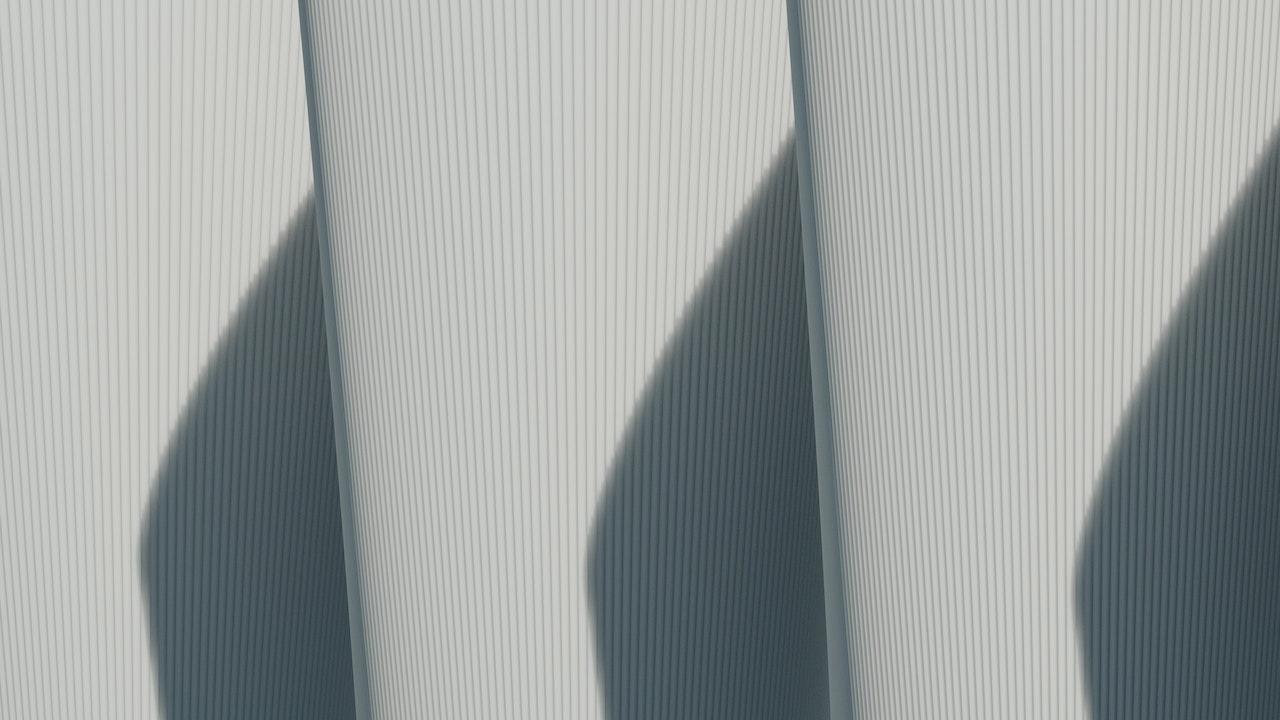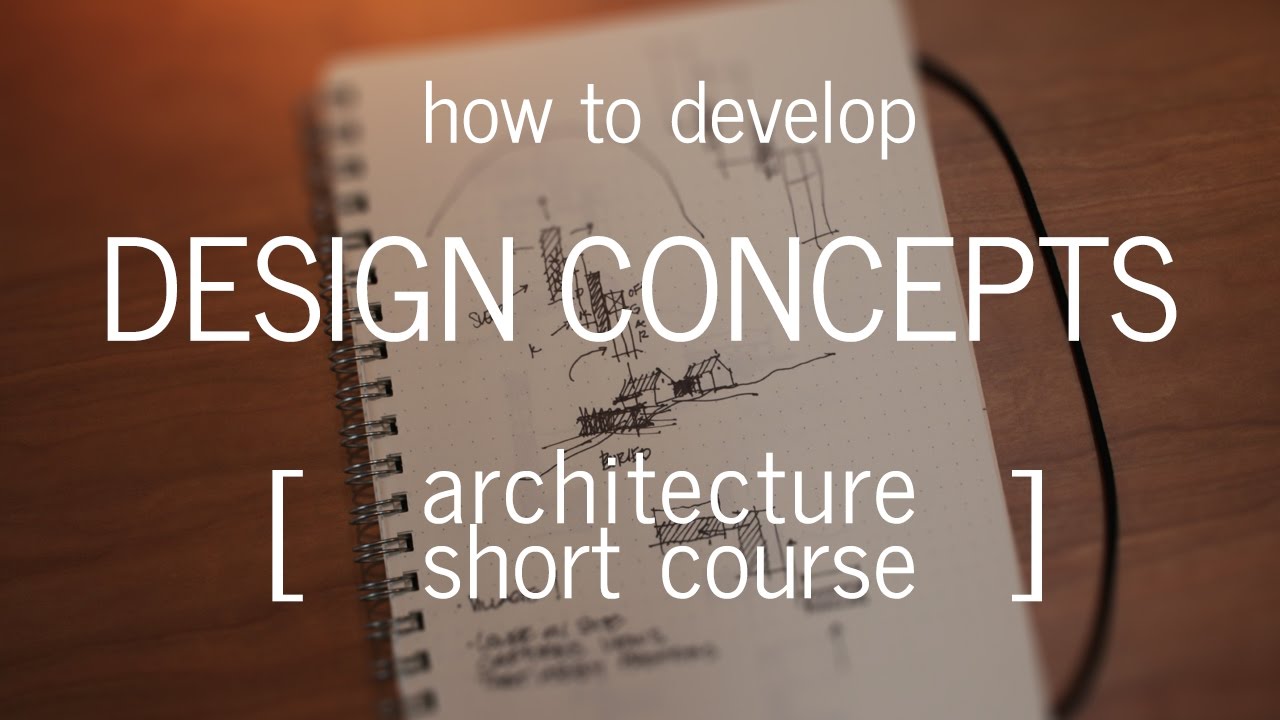The Evolution Of Residential Architecture And Design - Culture And Technology
The evolution of residential architecture and design has been shaped by a variety of factors throughout history. From culture and technology to changing social norms and economic conditions, the design of homes has adapted to meet the changing needs of society.
Author:George EvansMar 01, 2023107.2K Shares1.6M Views

Residential architectureand design have evolved over the centuries to adapt to changing cultural, social, and technological influences.
From ancient times to the present, the design of homes has been shaped by various factors, including social norms, cultural traditions, economic conditions, and technological advancements.
In this article, we will explorethe evolution of residential architecture and design, from the early dwellings of our ancestors to the modern homes of today.
The Evolution Of Residential Architecture And Design
The evolution of residential architecture and design has been shaped by a variety of factors throughout history. From culture and technology to changing social norms and economic conditions, the design of homes has adapted to meet the changing needs of society.
In this article, we'll explore the major influences on the evolution of residential architecture and design, from ancient pit houses to modern smart homes. We'll also take a closer look at the impact of culture, technology, sustainability, and interior design on the evolution of residential architecture.
Early Residential Architecture
The earliest humans built their homes in caves or simple shelters made of branches and animal skins. As human society developed, people began to build more permanent structures using natural materials such as mud, stone, and wood.
The design of these early homes was often dictated by the local climate, available materials, and cultural traditions.
One of the earliest forms of residential architecture was the pit-house, which was built by digging a shallow pit in the ground and then covering it with a roof made of branches, animal hides, or thatch.
This type of dwelling was common in many parts of the world, including Europe, Asia, and North America.
Ancient Residential Architecture
As human civilization advanced, so did residential architecture. In ancient Egypt, for example, homes were built using sun-dried mud bricks, and they were often decorated with colorful murals and hieroglyphics.
In ancient Rome, homes were built using stone and brick, and they featured open courtyards and gardens.
During the Middle Ages, residential architecture was often characterized by castle-like structures that protected from invading armies.
In Europe, homes were built using stone, and they featured narrow, winding staircases and small, dark rooms. In Japan, traditional homes were built using natural materials such as bamboo and paper, and they were designed to be easily dismantled and relocated.
Renaissance And Baroque Residential Architecture
During the Renaissance and Baroque periods, residential architecture underwent significant changes. Homes became more elaborate and ornate, featuring grand entrances, sweeping staircases, and expansive gardens.
In Europe, homes were built using stone and brick, and they were often decorated with intricate carvings and moldings.
The Baroque style, which originated in Italy in the 17th century, was characterized by its grandeur and opulence.
Baroque homes were often decorated with elaborate frescoes and ornate sculptures, and they featured dramatic lighting and theatrical effects.
Industrial Revolution Residential Architecture
The Industrial Revolution brought about significant changes in residential architecture and design. With the invention of new building materials such as cast the iron and steel, homes became taller and more spacious.
In the United States, the development of balloon framing allowed homes to be built quickly and inexpensively, which led to a proliferation of single-family homes.
During the 20th century, residential architecture and design continued to evolve. In the 1920s, the Art Deco style emerged, featuring geometric shapes and bright colors.
In the 1950s and 1960s, the Mid-Century Modern style became popular, featuring clean lines and minimalist design.
Contemporary Residential Architecture
Today, residential architecture and design continue to evolve. With advances in technology and sustainability, homes are becoming smarter, more energy-efficient, and more environmentally friendly.
Modern homes often feature open floor plans, large windows, and natural materials such as wood and stone.
One of the latest trends in residential architecture is the tiny home movement, which emphasizes minimalismand sustainability.
Tiny homes are typically less than 400 square feet and are designed to be portable, energy-efficient, and affordable.
The Influence Of Culture On Residential Architecture
The design of residential architecture has always been shaped by cultural traditions and social norms. In many cultures, homes are not only places to live but also symbols of status, power, and identity.
For example, in ancient Egypt, homes were built to reflect the social status of the owner, with the size and decoration of the home being indicators of wealth and influence.
Similarly, in Japan, traditional homes were designed to reflect the ideals of simplicity, harmony, and nature.
These homes often featured open spaces, natural materials, and a strong connection to the outdoors. In contrast, European homes during the Middle Ages were often built to be fortress-like structures that protected them from invading armies.

Architecture Short Course: How to Develop a Design Concept
The Impact Of Technology On Residential Architecture
Technological advancements have had a significant impact on the design of residential architecture.
From the development of new building materials to the invention of modern heating and cooling systems, technology has made it possible to design homes that are more comfortable, efficient, and sustainable.
For example, the use of cast iron and steel during the Industrial Revolution allowed for the construction of taller and more spacious homes.
In the 20th century, the development of central heating and air conditioning made it possible to design homes that were comfortable year-round, regardless of the climate.
Today, advances in technology have led to the development of smart homes, which can be controlled and monitored using smartphones and other devices.
These homes are equipped with a variety of sensors, including motion detectors, temperature sensors, and security cameras, which allow homeowners to monitor and control various aspects of their homes from anywhere in the world.
People Also Ask
How Has Culture Influenced The Design Of Residential Architecture?
Culture has always played a significant role in shaping the design of residential architecture. Different cultures have their unique traditions, values, and preferences, which are reflected in the design of homes.
What Impact Has Technology Had On Residential Architecture?
Technology has had a significant impact on residential architecture, from the development of new building materials to the invention of modern heating and cooling systems. Today, technology has made it possible to design smart homes that are more efficient, sustainable, and comfortable.
How Has The Interior Design Of Homes Evolved?
The interior design of homes has evolved to meet changing needs and preferences. From the open courtyards of ancient Rome to the ornate designs of the Renaissance and Baroque periods and the minimalistic and sustainable designs of today, interior design has adapted to reflect the latest trends and technologies.
What Role Does Sustainability Play In Residential Architecture?
Sustainability is becoming an increasingly important consideration in the design of residential architecture. With concerns about climate change and the environment, architects and designers are exploring ways to make homes more energy-efficient, sustainable, and eco-friendly.
Conclusion
The evolution of residential architecture and design has significantly improved over the centuries, reflecting changing cultural, social, and technological influences.
From the earliest human dwellings to the modern homes of today, the design of residential architecture has been shaped by a wide range of factors including social norms, cultural traditions, economic conditions, and technological advancements.
As we have seen, the evolution of residential architecture and design has been influenced by a variety of factors throughout history. From the earliest pit houses to the latest smart homes, homes have adapted to meet the changing needs of society.
As we continue to face new challenges in the future, residential architecture and design will likely continue to evolve and adapt to meet those challenges.
Jump to
The Evolution Of Residential Architecture And Design
Early Residential Architecture
Ancient Residential Architecture
Renaissance And Baroque Residential Architecture
Industrial Revolution Residential Architecture
Contemporary Residential Architecture
The Influence Of Culture On Residential Architecture
The Impact Of Technology On Residential Architecture
People Also Ask
Conclusion

George Evans
Author
George Anderson, an exceptional architectural designer, envisions and brings to life structures that transcend the realm of imagination. With an unwavering passion for design and an innate eye for detail, George seamlessly blends form and function, creating immersive spaces that inspire awe.
Driven by a deep appreciation for the interplay of space, light, and materials, George's innovative approach redefines the possibilities of architectural design. His visionary compositions leave an indelible mark, evoking a sense of wonder and transforming the built environment.
George Anderson's transformative designs and unwavering dedication continue to shape the architectural landscape, pushing the boundaries of what is possible and inspiring generations to come.
Latest Articles
Popular Articles
